I have a Wheatstone bridge I want to use to measure a resistive sensor. At the moment, all four arms are fixed resistors, while I get the circuit set up. The noise in the circuit is much larger than I expected, and I can't work out why.

simulate this circuit – Schematic created using CircuitLab
The AFG is configured to source two sine waves in antiphase on the two outputs. The Stanford is making a DC-coupled differential measurement with an effective noise bandwidth of 0.5 seconds. The two instruments are phase locked using the TTL ref. I'm then looking at the variation of the measurements to work out the noise. I find a noise component which scales with excitation voltage, which I can't identify.
- The unidentified noise is white from 10 Hz to 1 kHz
- The amplitude of the noise is about 1 µV/√Hz per volt applied across the bridge
- When the excitation voltage is zero, I measure a noise consistent with Johnson noise in the bridge.
I have lots of experience of measuring R less than 1 Ω, but 200 kΩ is new to me, so I might be missing the obvious.